Bee glue, known also as propolis, is a mixture of resins, wax and powder from flowers or plant buds. It has a yellowish, greenish or brown color. What's specific about this substance is that it's rich in enzymes. In fact it has already gone through lactic acid fermentation in the bee's digestive system. Bee glue is an extremely popular product in medicine, as well as in cosmetics, since it serves as an ingredient of various medical products and is a significant component for the creation of beauty products.
Collecting bee glue is an activity characteristic of bees. According to experts, a medium-sized beehive collects up to 1 1/5 cups (300 g) of bee glue throughout the year. This process depends on different factors, such as the types of plants in the area and climate. They implement it in beehives and use it for disinfection. It's fascinating how they treat cells with this substance before eggs are laid in them. The buzzing insects fill any undesirable holes in the beehive with bee glue. They also use it to cover and wrap dead animals found in the hive, preventing the spread of diseases this way.
Bee glue is collected from different kinds of plants. But among the types most visited by bees are poplars, chestnuts and willows. While this process is underway, the entire hive is covered in the disinfecting substance. The clever insects also wrap themselves in it to be fully secure in knowing they won't be attacked by microbes. Bee glue freshly removed from the hive is distinguished by a soft consistency. It has a fragrance reminding of honey and wax at the same time, while also possessing a bright shine. While at its freshest, bee glue is easy to work with. As time passes it becomes harder and darker.
History of Bee Glue
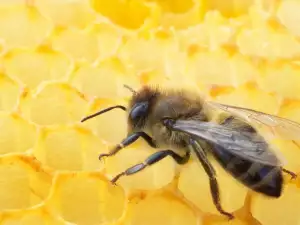
The healing properties of bee glue have been known to man since antiquity. Even so its properties have not been fully discerned; for this reason modern scientists continue to unravel its mysteries. Bee glue was used as an antiseptic by the Egyptians. It is believed that they also used it to treat bodies in order to mummify them. The Persian scientist and physician Avicenna strictly recommended bee glue for treating wounds with the aim of faster healing. It is believed that the Incas took bee glue to lower fever. Bee glue's other name - propolis, has Greek roots - pro meaning before and polis meaning city, palace. It is linked to bees' usage of it to protect the hive from bacteria and other pests.
Composition of Bee Glue
As mentioned, research on bee glue continues and hence its chemical composition is not fully clear. But what we already know about it only proves how rich in beneficial substances it is. There are over 140 active ingredients in it. Numerous studies reveal that bee glue has plant resins, pollen, wax, organic acids, amino acids, flavonoids and others. Its composition contains minerals such as zinc, iron, magnesium, copper, potassium, cobalt, calcium, phosphorus, sodium and more. It is a source of vitamin A, vitamin B1, vitamin B2, vitamin B5, vitamin A, vitamin C, vitamin E.
Choosing and Storing Bee Glue
In stores you'll most often come across a solution of bee glue known as bee glue tincture. It needs to be kept in a dry and if possible, dark area. If you get bee glue from a beekeeper, also keep it in a dry, dark and ventilated area, where the temperature does not exceed 80°F (25 °C). It needs to be placed in an airtight container.
Prior to this, dry it several days at room temperature. It's not advised to form it into balls since there is a risk of them becoming home for pests. Bee glue initially has a yellowish or greenish color but darkens over the years. When stored properly it can be used for up to 7 years.
Collecting Bee Glue
Beekeepers collect propolis using a propolis trap, which is essentially a grid or net with a frame that's placed in the upper part of the beehive. Usually this is done toward the end of the summer, when it starts to get cooler. That's when bees decide that it's time to insulate the hive and begin to try to seal the openings of the trap using bee glue.
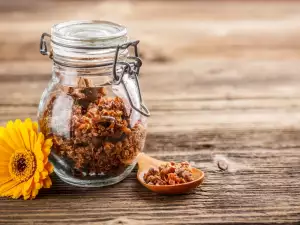
It's important for the holes to not have a diameter wider than 3/16" (5 mm), because the insects use wax to seal large openings and not bee glue. Next, the trap is removed before winter sets in. It's best to do this when temperatures fall below 30°F (0 °C). But if the weather turns out to be warm, you can place the trap in the refrigerator for several days. The bee glue hardens at low temperatures and can easily be removed from the trap.
Benefits of Bee Glue
Due to its complex chemical composition, bee glue has transformed into an effective aid against a bunch of diseases. It's been proven to have an antiviral, antibacterial, anti-sclerotic, antispasmodic, antioxidant, hypotensive and detoxifying effect. Bee glue is an enemy of bacteria such as Salmonella, Staphylococcus and Bacillus haemolyticus. It treats burns and skin problems, also aiding faster wound healing. Taking bee glue helps lower blood pressure, provides a general strengthening effect and protects against the formation of tumors.
It's also effective against a number of ailments, for example problems in the oral cavity such as gingivitis and periodontitis. Bee glue alleviates gynecological problems, fortifies the prostate, numbs symptoms in certain allergies and helps maintain a healthy skeletal system.
It's also recommended for diseases of the respiratory system, gastrointestinal tract and problems with the peripheral nervous system. Bee glue can be taken orally or applied topically. You can find it in the form of tinctures, granules, syrups, ointments and others.
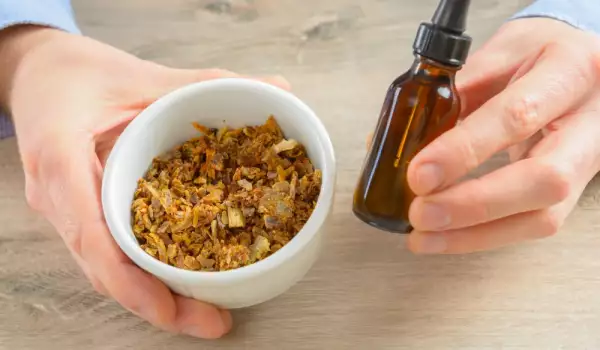

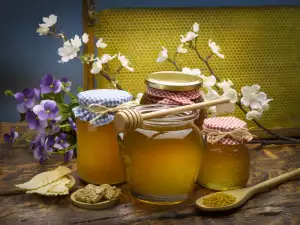

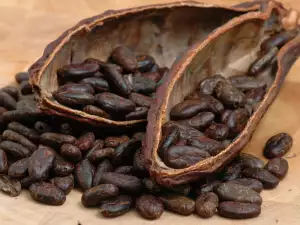

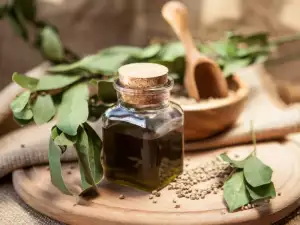
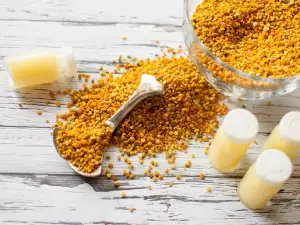
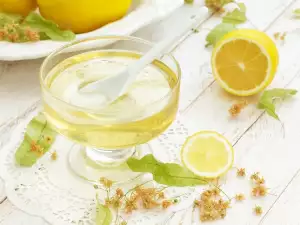
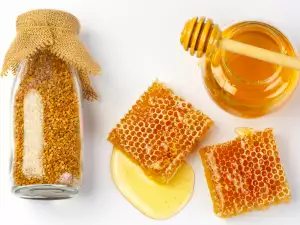
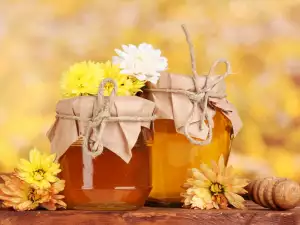
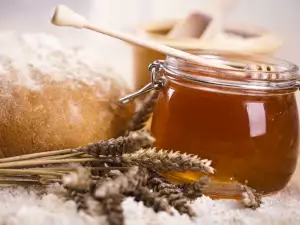
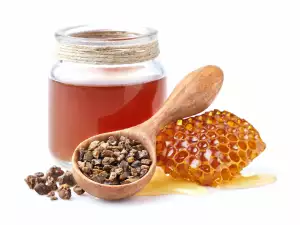
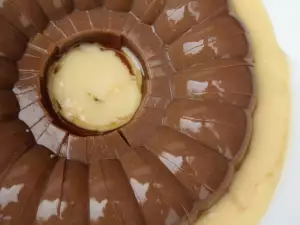
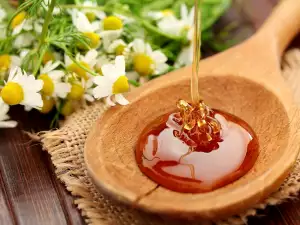
Comments